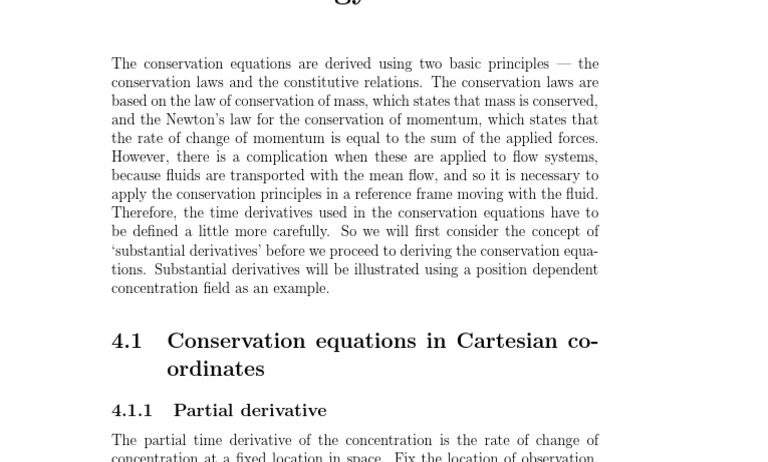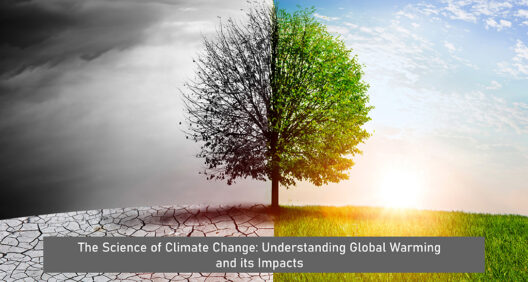In the realm of physics, the interplay between mass and energy is fundamental to understanding the universe’s workings. At its core, the principle of conservation asserts that the total amount of mass and energy remains constant in an isolated system. This tenet stands as a pillar of scientific inquiry, illuminating the intricate tapestry of nature’s balance. Indeed, the concept beckons further exploration, as it encompasses not just the mechanics of matter and energy, but also the philosophical implications of existence itself.
To unravel the nuances of this topic, it is imperative to delineate the foundational principles of mass and energy. Mass can be perceived as a measure of the amount of matter in an object, characterized by its resistance to changes in motion, or inertia. In contrast, energy manifests in various forms—kinetic, potential, thermal, and more. The capacity to perform work or induce change is what defines energy. Notably, mass and energy are intimately intertwined, as articulated by Einstein’s renowned equation, E=mc². This equation posits that mass can be converted into energy and vice versa, encapsulating a profound interconnectedness.
A pivotal observation arises when we consider systems at work in nature. Whether it involves the photosynthesis in plants or the tumultuous energy exchanges within meteorological phenomena, mass and energy transitions abound. The cycle of matter and energy is a perpetual dance, governed by the laws of thermodynamics, particularly the first law, which states that energy cannot be created or destroyed, only transformed. This transformation can lead to myriad manifestations, from the growth of forests to the development of storms.
Curiously, the implications of mass-energy conservation extend beyond the physical realm; they weave into the very fabric of life on Earth. The energy harnessed from the sun through photosynthesis represents a crucial transformation where solar energy is captured and stored as chemical energy in plants. This process not only sustains the flora itself but also serves as the foundational energy source for nearly all terrestrial life. The consumption of plants by herbivores, which are subsequently preyed upon by carnivores, reveals an elaborate food web, threading through successive trophic levels, all the while adhering to the unyielding conservation law.
Addendum to this observation emerges when understanding the implications on environmental sustainability. As the human populace escalates and industrialization intensifies, the conservation of energy becomes increasingly critical. Fossil fuels, once the backbone of an energy-dependent society, exemplify energy transformation from ancient biomass into usable energy forms. However, this extraction process disturbs the equilibrium of natural systems, contributing to pollution and climate change. Recognizing the finite nature of these energy sources prompts a necessary shift towards renewable alternatives, harnessing wind, solar, and hydropower, which inherently embody the principle of mass-energy conservation while mitigating adverse environmental impacts.
Equally important is the concept of energy efficiency within ecosystems. Natural systems have evolved mechanisms for optimizing energy use. For instance, predator-prey dynamics illustrate an elegant balance where energy is transferred with minimal loss through trophic levels. Adaptations, such as the development of sharper teeth among carnivores or the ability of herbivores to utilize fibrous plant materials effectively, illustrate the efficiency of energy utilization in nature. This resilience and adaptability are crucial as ecosystems face the mounting challenges posed by climate change.
Moreover, consideration of anthropogenic influences on this conservation brings to light the pressing need for conscientious stewardship of resources. The pursuit of sustainable practices aligns with the philosophy of conservation of mass and energy. Responsible waste management, recycling, and circular economies emerge as strategies to reduce the depletion of natural resources. By viewing waste as a form of energy and material that can be transformed rather than discarded, society takes productive strides toward harmonizing its relationship with the environment.
As we delve deeper into the concept of conservation, it is essential to recognize its implications within the context of time. The conservation of mass and energy resonates through epochs—from the formation of galaxies to the evolution of life forms on our planet. All transformations taking place in the cosmos have adhered to this fundamental principle, allowing scientists to not only understand the past but also to make predictions about the future of the universe. This constancy lends a reassuring sense of order amid the apparent chaos of change.
In conclusion, the conservation of mass and energy serves not merely as a scientific principle but as a lens through which we may comprehend the intricate connections that define our existence. As we confront the challenges posed by climate change and resource depletion, understanding and respecting the balance of mass and energy becomes imperative. Through thoughtful practices and the promotion of sustainable development, humanity may embark on a path that honors the delicate equilibrium of nature. The conservation law beckons us to acknowledge our role within this cosmos, fostering a collective responsibility to protect and nurture the systems that sustain us. In so doing, we honor the enduring legacy of nature’s balancing act that has persisted through the ages.








